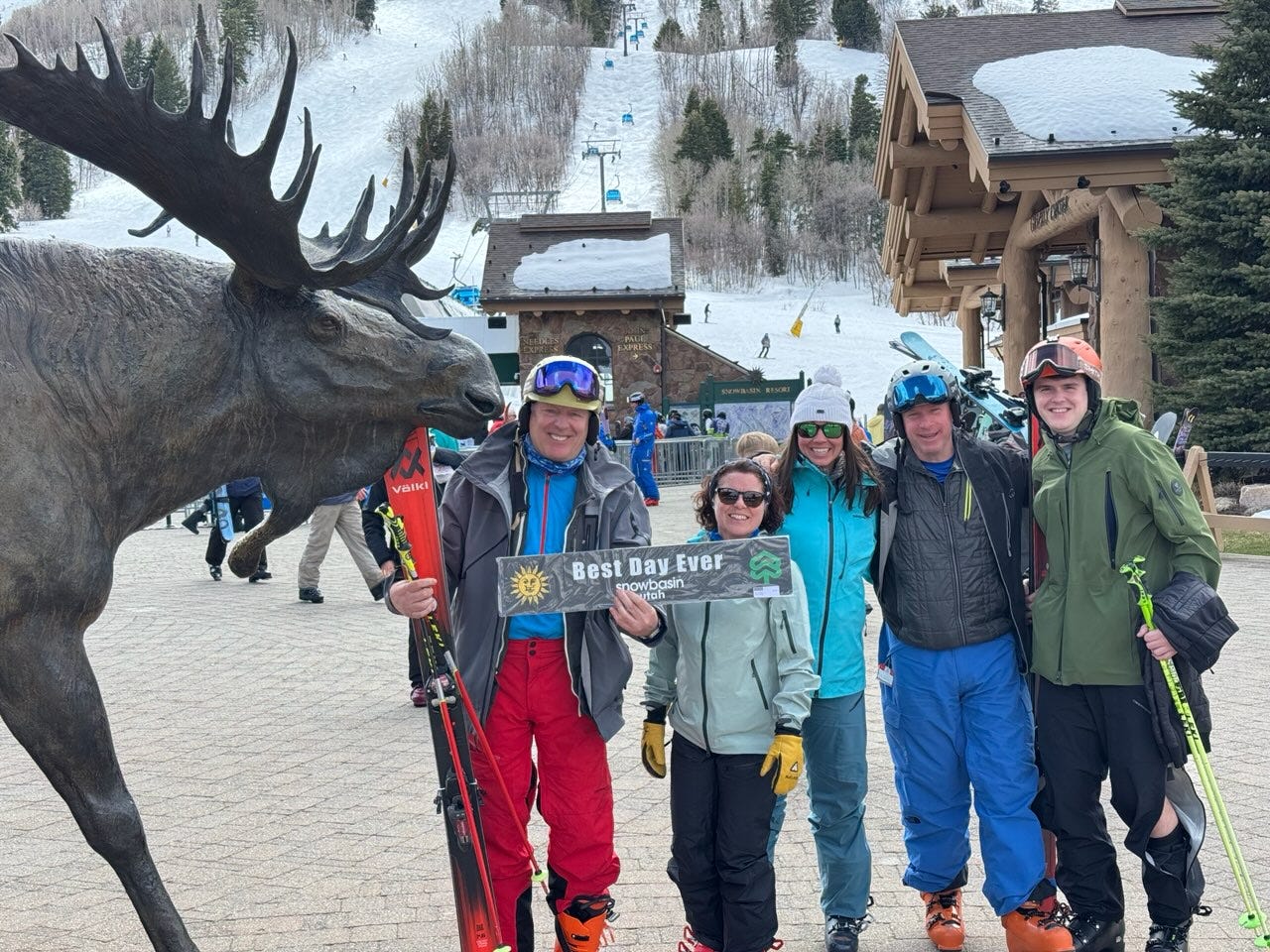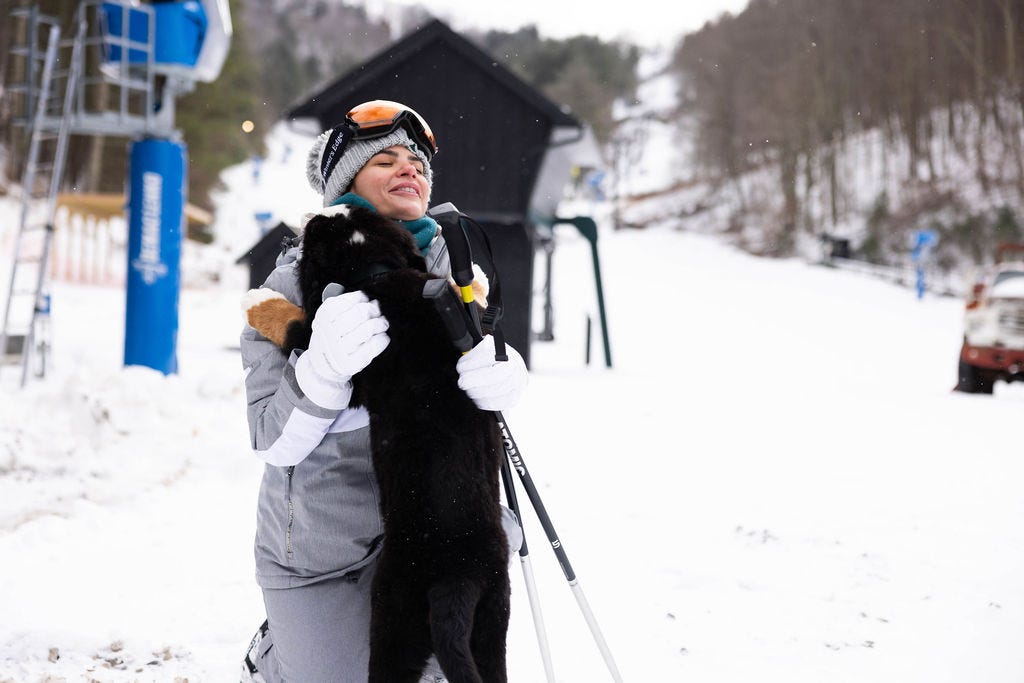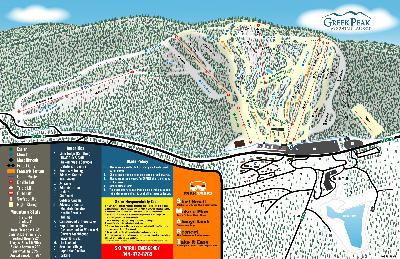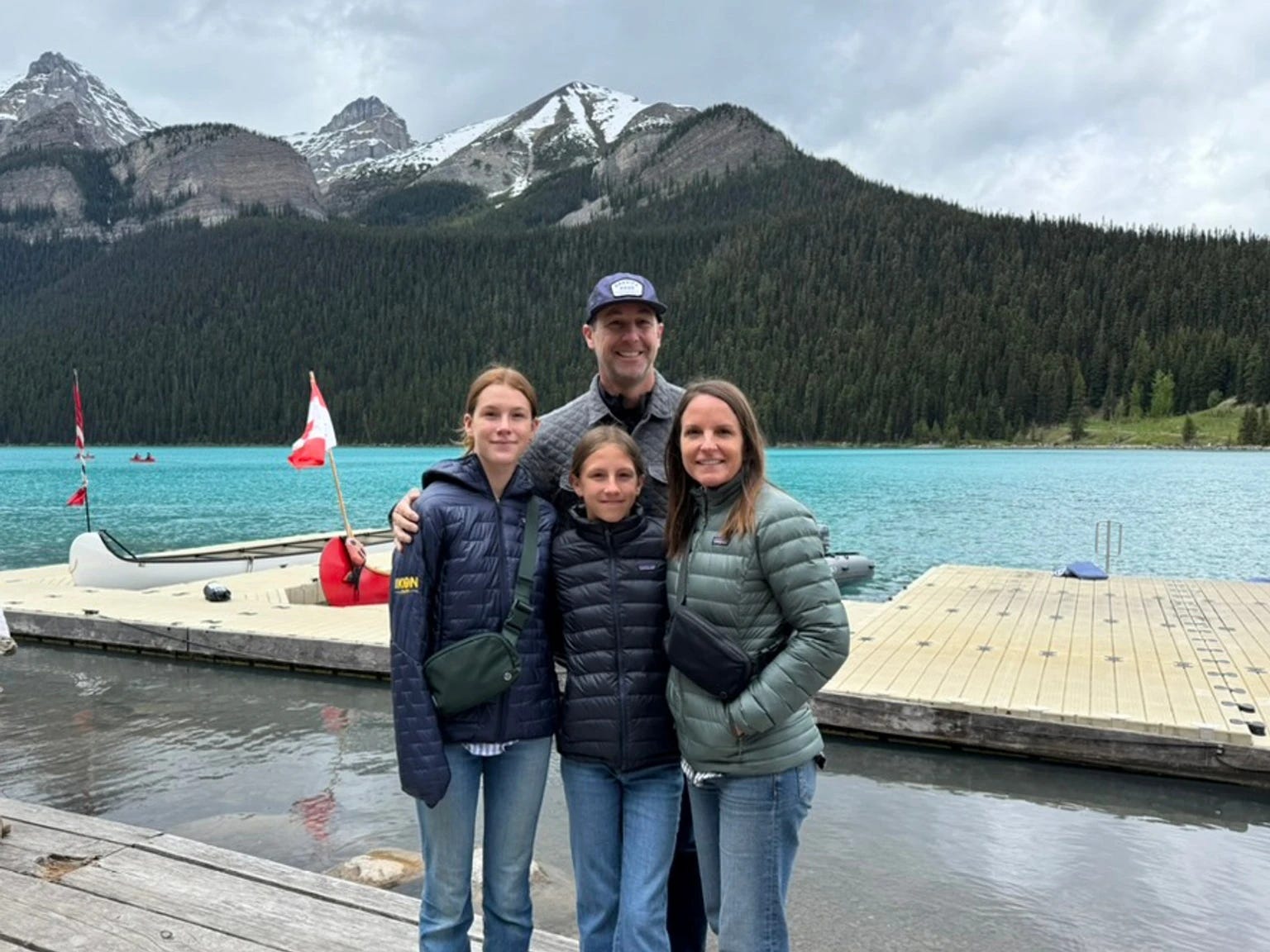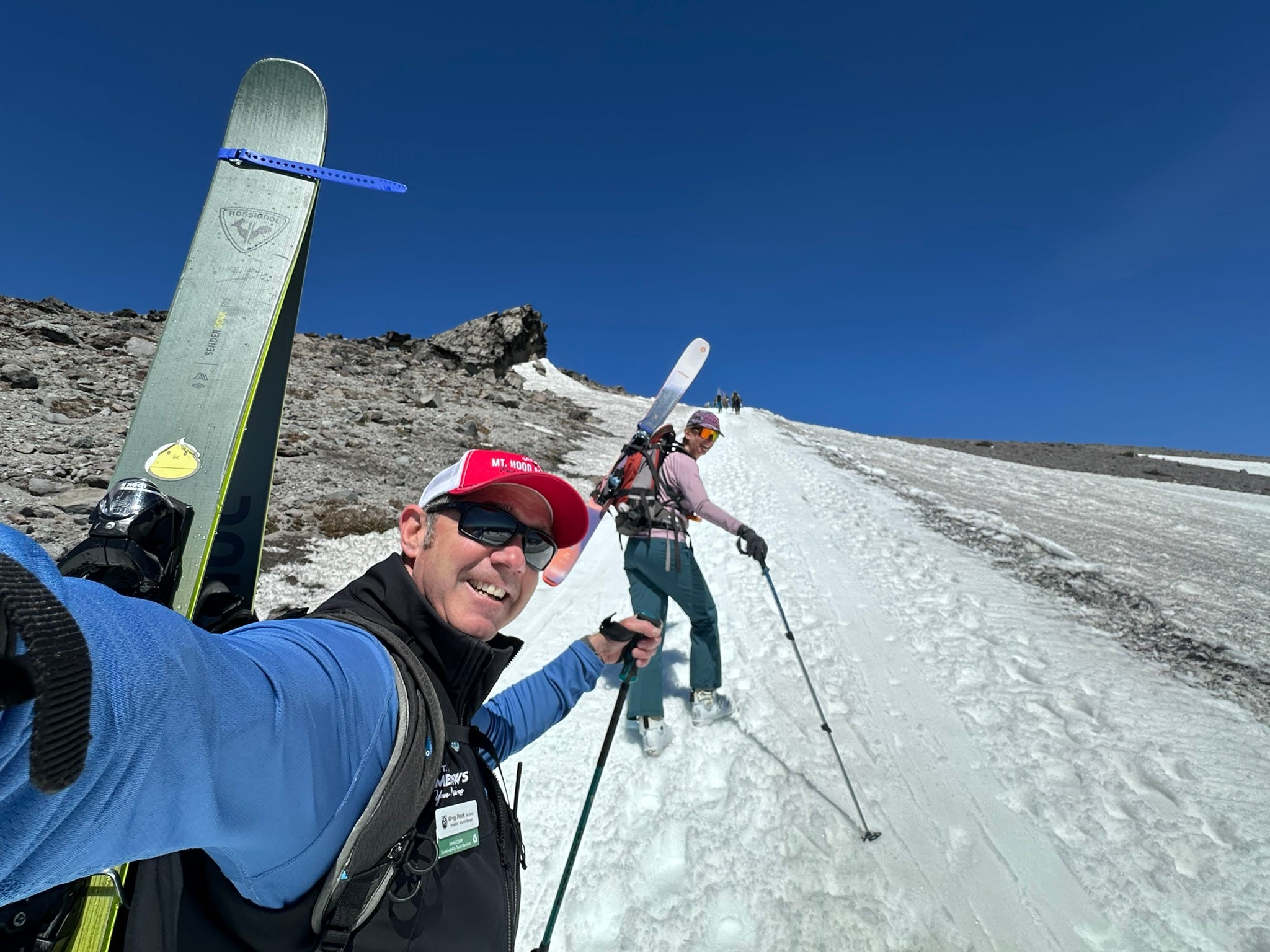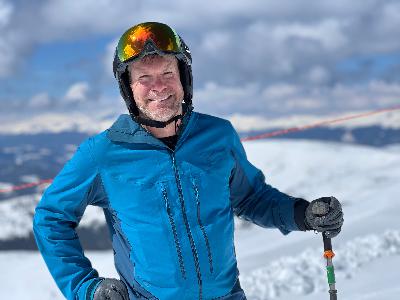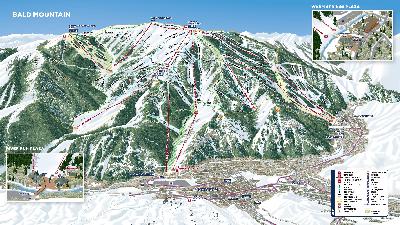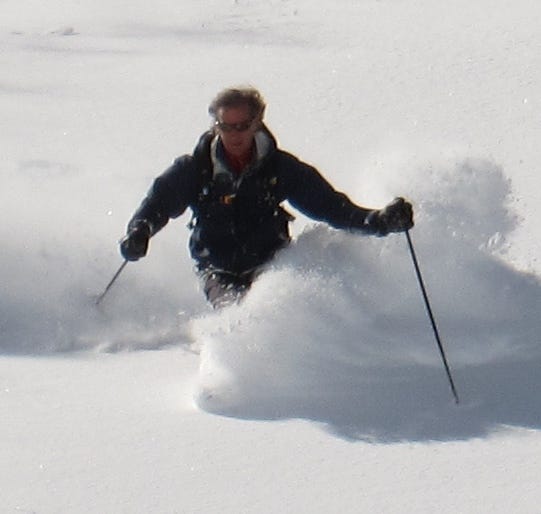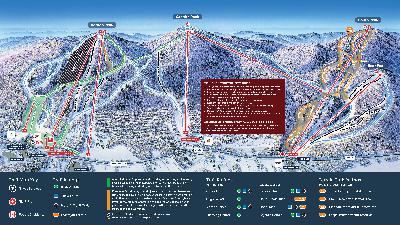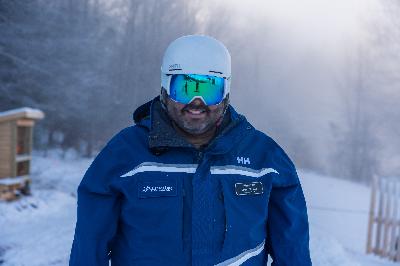Podcast #209: Ski Big Bear, Pennsylvania Owner Ron Schmalzle and GM Lori Phillips
Description
Who
Ron Schmalzle, President, Co-Owner, and General Manager of Ski Big Bear operator Recreation Management Corp; and Lori Phillips, General Manager of Ski Big Bear at Masthope Mountain, Pennsylvania
Recorded on
April 22, 2025
About Ski Big Bear
Click here for a mountain stats overview
Owned by: Property owners of Masthope Mountain Community; operated by Recreation Management Corporation
Located in: Lackawaxen, Pennsylvania
Year founded: 1976 as “Masthope Mountain”; changed name to “Ski Big Bear” in 1993
Pass affiliations:
* Indy Pass – 2 days, select blackouts
* Indy+ Pass – 2 days, no blackouts
Closest neighboring ski areas: Villa Roma (:44), Holiday Mountain (:52), Shawnee Mountain (1:04 )
Base elevation: 550 feet
Summit elevation: 1,200 feet
Vertical drop: 650 feet
Skiable acres: 26
Average annual snowfall: 50 inches
Trail count: 18 (1 expert, 5 advanced, 6 intermediate, 6 beginner)
Lift count: 7 (4 doubles, 3 carpets – view Lift Blog’s inventory of Ski Big Bear’s lift fleet)
Why I interviewed them
This isn’t really why I interviewed them, but have you ever noticed how the internet ruined everything? Sure, it made our lives easier, but it made our world worse. Yes I can now pay my credit card bill four seconds before it’s due and reconnect with my best friend Bill who moved away after fourth grade. But it also turns out that Bill believes seahorses are a hoax and that Jesus spoke English because the internet socializes bad ideas in a way that the 45 people who Bill knew in 1986 would have shut down by saying “Bill you’re an idiot.”
Bill, fortunately, is not real. Nor, as far as I’m aware, is a seahorse hoax narrative (though I’d like to start one). But here’s something that is real: When Schmalzle renamed Masthope Mountain to “Ski Big Bear” in 1993, in honor of the region’s endemic black bears, he had little reason to believe anyone, anywhere, would ever confuse his 550-vertical-foot Pennsylvania ski area with Big Bear Mountain, California, a 39-hour, 2,697-mile drive west.
Well, no one used the internet in 1993 except weird proto-gamers and genius movie programmers like the fat evil dude in Jurassic Park. Honestly I didn’t even think the “Information Superhighway” was real until I figured email out sometime in 1996. Like time travel or a human changing into a cat, I thought the internet was some Hollywood gimmick, imagined because wouldn’t it be cool if we could?
Well, we can. The internet is real, and it follows us around like oxygen, the invisible scaffolding of existence. And it tricks us into being dumb by making us feel smart. So much information, so immediately and insistently, that we lack a motive to fact check. Thus, a skier in Lackawaxen, Pennsylvania (let’s call him “Bill 2”), can Google “Big Bear season pass” and end up with an Ikon Pass, believing this is his season pass not just to the bump five miles up the road, but a mid-winter vacation passport to Sugarbush, Copper Mountain, and Snowbird.
Well Bill 2 I’m sorry but you are as dumb as my imaginary friend Bill 1 from elementary school. Because your Ikon Pass will not work at Ski Big Bear, Pennsylvania. And I’m sorry Bill 3 who lives in Riverside, California, but your Ski Big Bear, Pennsylvania season pass will not work at Big Bear Mountain Resort in California.
At this point, you’re probably wondering if I have nothing better to do but sit around inventing problems to grumble about. But Phillips tells me that product mix-ups with Big Bear, California happen all the time. I had a similar conversation a few months ago with the owners of Magic Mountain, Idaho, who frequently sell tubing tickets to folks headed to Magic Mountain, Vermont, which has no tubing. Upon discovering this, typically at the hour assigned on their vouchers, these would-be customers call Idaho for a refund, which the owners grant. But since Magic Mountain, Idaho can only sell a limited number of tickets for each tubing timeslot, this internet misfire, impossible in 1993, means the mountain may have forfeited revenue from a different customer who understands how ZIP codes work.
Sixty-seven years after the Giants baseball franchise moved from Manhattan to San Francisco, NFL commentators still frequently refer to the “New York football Giants,” a semantic relic of what must have been a confusing three-decade cohabitation of two sports teams using the same name in the same city. Because no one could possibly confuse a West Coast baseball team with an East Coast football team, right?
But the internet put everything with a similar name right next to each other. I frequently field media requests for a fellow names Stuart Winchester, who, like me, lives in New York City and, unlike me, is some sort of founder tech genius. When I reached out to Mr. Winchester to ask where I could forward such requests, he informed me that he had recently disappointed someone asking for ski recommendations at a party.
So the internet made us all dumb? Is that my point? No. Though it’s kind of hilarious that advanced technology has enabled new kinds of human error like mixing up ski areas that are thousands of miles apart, this forced contrast of two entities that have nothing in common other than their name and their reason for existence asks us to consider how such timeline cohabitation is possible. Isn’t the existence of Alterra-owned, Ikon Pass staple Big Bear, with its hundreds of thousands of annual skier visits and high-speed lifts, at odds with the notion of hokey, low-speed, independent, Boondocks-situated Ski Big Bear simultaneously offering a simpler version of the same thing on the opposite side of the continent? Isn’t this like a brontosaurus and a wooly mammoth appearing on the same timeline? Doesn’t technology move ever upward, pinching out the obsolete as it goes? Isn’t Ski Big Bear the skiing equivalent of a tube TV or a rotary phone or skin-tight hip-high basketball shorts or, hell, beartrap ski bindings? Things no one uses anymore because we invented better versions of them?
Well, it’s not so simple. Let’s jump out of normal podcast-article sequence here and move the “why now” section up, so we can expand upon the “why” of our Ski Big Bear interview.
Why now was a good time for this interview
Every ski region offers some version of Ski Big Bear, of a Little Engine That Keeps Coulding, unapologetically existent even as it’s out-gunned, out-lifted, out-marketed, out-mega-passed, and out-locationed: Plattekill in the Catskills, Black Mountain in New Hampshire’s White Mountains, Middlebury Snowbowl in Vermont’s Greens, Ski Cooper in Colorado’s I-70 paper shredder, Nordic Valley in the Wasatch, Tahoe Donner on the North Shore, Grand Geneva in Milwaukee’s skiing asteroid belt.
When interviewing small ski area operators who thrive in the midst of such conditions, I’ll often ask some version of this question: why, and how, do you still exist? Because frankly, from the point of view of evolutionary biologist studying your ecosystem, you should have been eaten by a tiger sometime around 1985.
And that is almost what happened to Ski Big Bear AKA Masthope Mountain, and what happened to most of the dozens of ski areas that once dotted northeast Pennsylvania. You can spend days doomsday touring lost ski area shipwrecks across the Poconos and adjacent ranges. A very partial list: Alpine Mountain, Split Rock, Tanglwood, Kahkout, Mount Tone, Mount Airy, Fernwood - all time-capsuled in various states of decay. Alpine, slopes mowed, side-by-side quad chairs climbing 550 vertical feet, base lodge sealed, shrink-wrapped like a winter-stowed boat, looks like a buy-and-revive would-be ski area savior’s dream (the entrance off PA 147 is fence-sealed, but you can enter through the housing development at the summit). Kahkout’s paint-flecked double chair, dormant since 2008, still rollercoasters through forest and field on a surprisingly long line. Nothing remains at Tanglwood but concrete tower pads.
Why did they all die? Why didn’t Ski Big Bear? Seven other public, chairlift-served ski areas survive in the region: Big Boulder, Blue Mountain, Camelback, Elk, Jack Frost, Montage, and Shawnee. Of these eight, Ski Big Bear has the smallest skiable footprint, the lowest-capacity lift fleet, and the third-shortest vertical drop. It is the only northeast Pennsylvania ski area that still relies entirely on double chairs, off kilter in a region spinning six high-speed lifts and 10 fixed quads. Ski Big Bear sits the farthest of these eight from an interstate, lodged at the top of a steep and confusing access road nearly two dozen backwoods miles off I-84. Unlike Jack Frost and Big Boulder, Ski Big Bear has not leaned into terrain parks or been handed an Epic Pass assist to vacuum in the youth and the masses.
So that’s the somewhat rude premise of this interview: um, why are you still here? Yes, the gigantic attached housing development helps, but Phillips distills Ski Big Bear’s resilience into what is probably one of the 10 best operator quotes in the 209 episodes of this podcast. “Treat everyone as if they just paid a million dollars to do what you’re going to share with them,” she says.
Skiing, like nature, can accom

